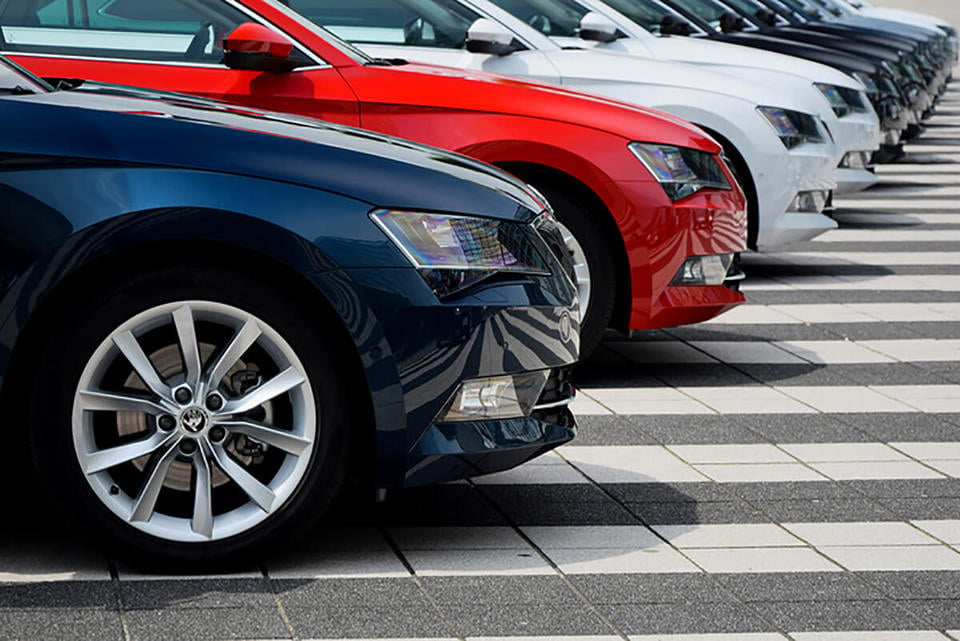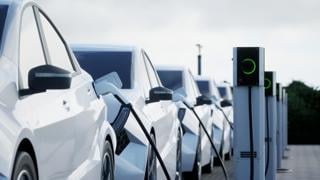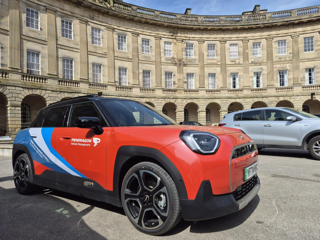Young drivers are being priced out of the electric vehicle (EV) market due to insurers’ outdated attitudes, lower salaries and high front-end prices of vehicles, rather than being encouraged, as the EV drivers of the future, to join in the electric revolution.
That’s according to Andrew Leech, managing director and founder of salary sacrifice and fleet management specialist, Fleet Evolution, which specialises in EV salary sacrifice schemes for employers.
Research in the past 12 months has shown that an overwhelming majority of drivers under the age of 25 (77%) would like to go electric but see cost as the main barrier to making the transition from fossil fuels.
A study into EV adoption in the UK, for example, published in association with a consortium of leading automotive experts, revealed that despite current adoption being higher among older drivers, younger drivers aged 25-34 are the most likely to consider an EV as their next vehicle.
But the same study also showed that younger drivers were more likely than older drivers to perceive costs of driving an EV to be higher than petrol and diesel vehicles.
Leech said: “Salary sacrifice still remains the most effective way for young drivers to join the electric revolution. But the odds are really stacked against them at the moment; we need to make it easier for them to join, not more difficult.
“One significant barrier is the cost of insurance. Many insurers still have outdated attitudes to the risk associated with running EVs. Yes, they are more powerful and repair costs are higher. But they are also equipped with the latest advances in driver assistance systems, which make accidents far less likely.
“We have experienced a 70% lower incident rate on our all-electric fleet compared to the previous ICE vehicles, and yet our own insurance costs have risen.
“Fleet insurers typically won’t provide cover for drivers under the age of 25. And, on our own policy, no-one under the age of 30 is allowed to drive a standard Tesla Model 3, which is bizarre when you think about it.
“But, until we see a major change in insurers’ attitudes, it would seem that EVs are destined to incur higher insurance premiums than ICE equivalents.”
Another major barrier facing younger drivers was the salary level at which an EV became affordable through a salary sacrifice scheme.
“We calculate the cut-off point for effective participation to be around £26,000 a year, which may still be higher than many younger employees are currently earning,” Leech continued.
“We have long advocated removing the minimum living wage restriction on salary sacrifice scheme as employees are being barred from the type of vehicles they desperately want and need – especially those living in ULEZ areas such as Greater London or Birmingham.”
Fleet Evolution has campaigned to have the rules governing salary sacrifice and the lowest paid amended, arguing that the current laws discriminate against the very people they are designed to protect.
Under the existing rules, no employee can enter into a salary sacrifice scheme for assets of any kind, be they cars, bikes, pensions or healthcare, if by doing so the arrangement takes their take-home pay below the National Living Wage (NLW).
Leech said: “We would like Government to make a minor adjustment to the current rules with a caveat which states that the NLW threshold remains in force, unless the employee opts for and agrees to a beneficial salary sacrifice arrangement which takes them below that level.”
The final barrier to EV adoption for younger drivers was the high front-end price of current EVs on the market, although Leech did acknowledge that prices were coming down, especially as more Chinese manufacturers entered the market.
























NigelBoyle - 31/10/2023 11:36
Young Drivers rarely buy new, the second hand market is only just starting with EVs, however already there are good MGs for under £10k available.